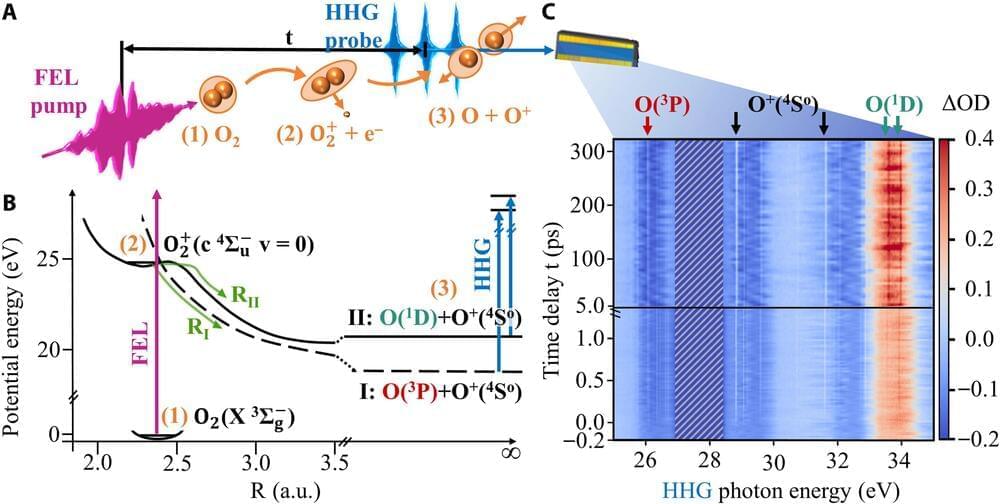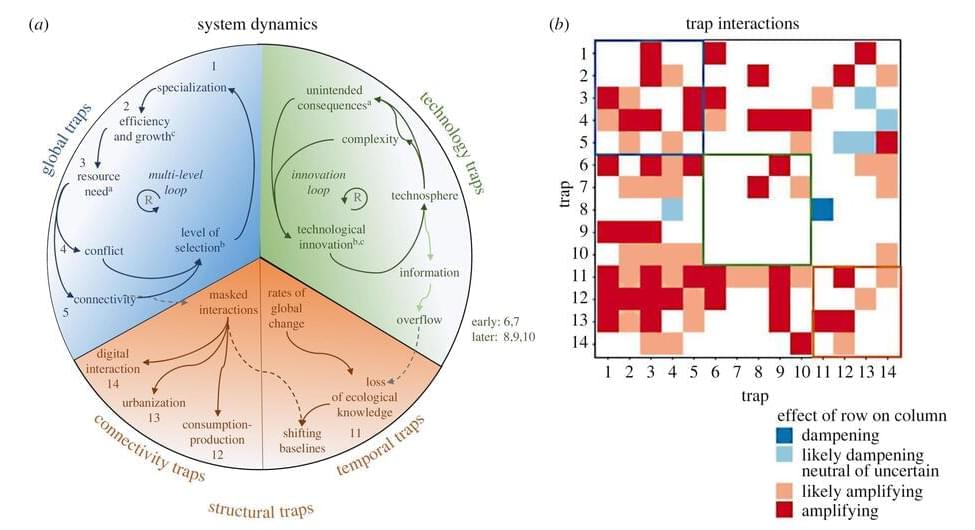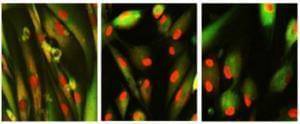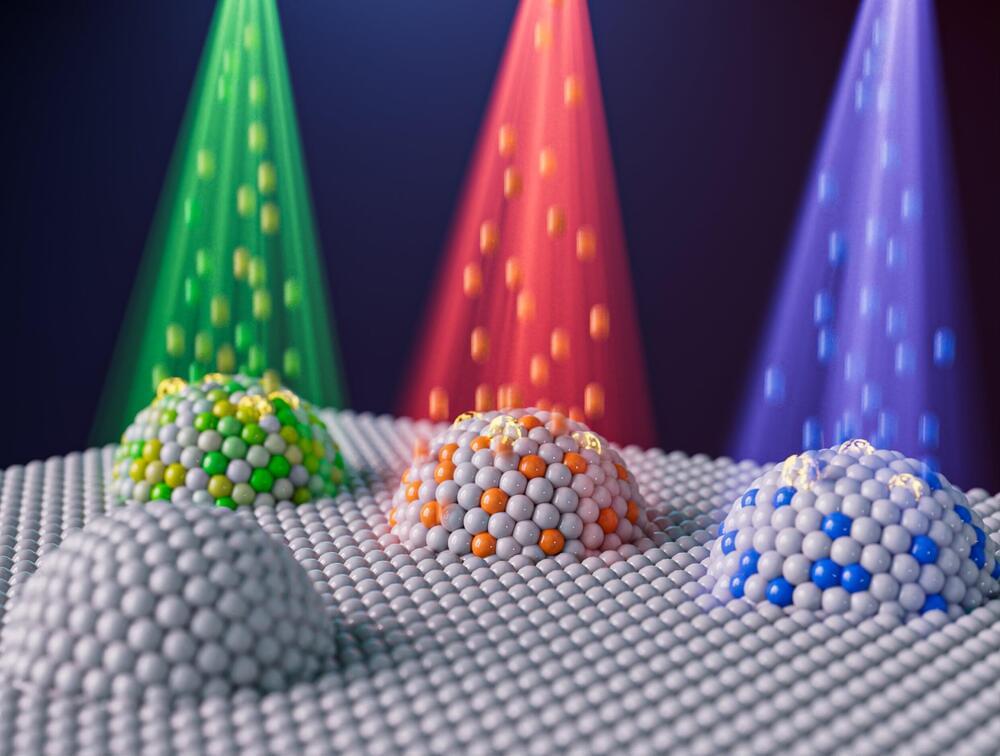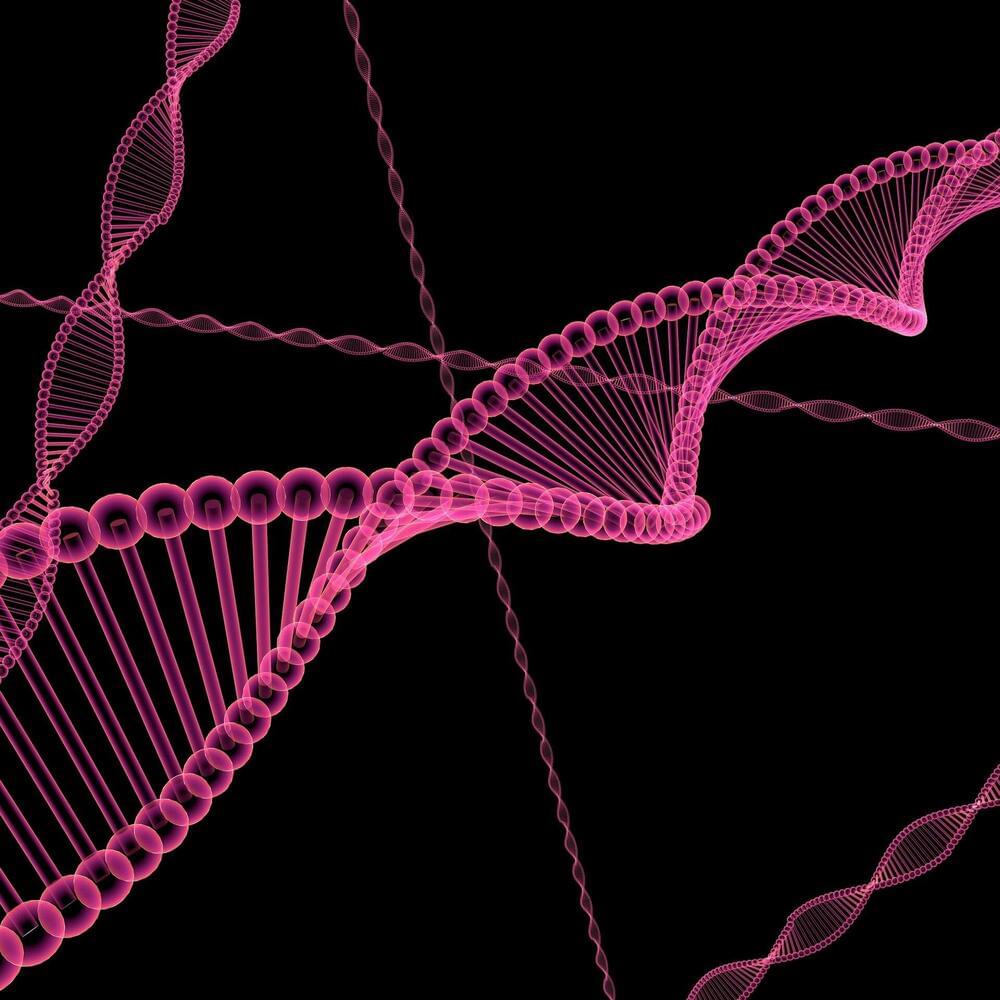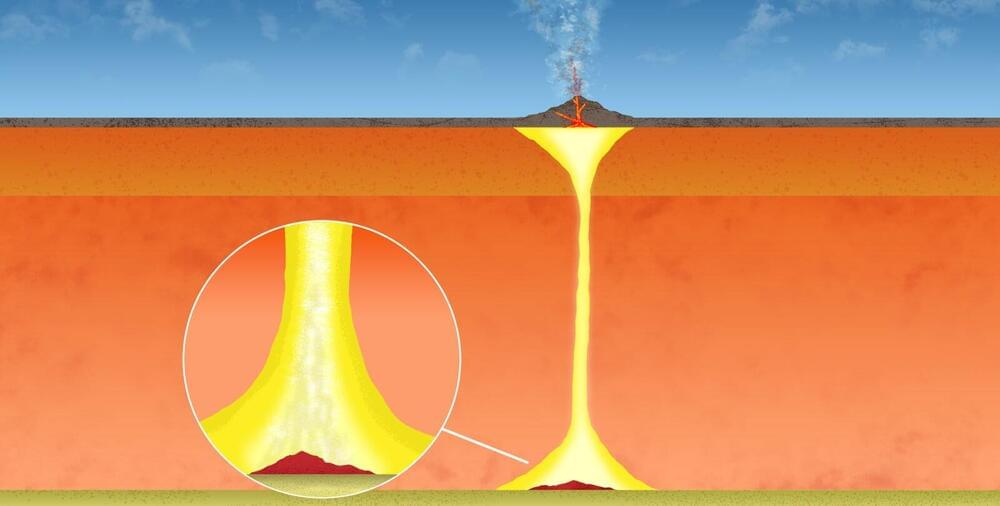Pierre Agostini, Ferenc Krausz and Anne L’Huillier share the 2023 Nobel Prize in Physics for experiments that “have given humanity new tools for exploring the world of electrons inside atoms and molecules.” A more succinct description is that they have given us attosecond physics.
Attosecond physics is the science of the exceedingly, extremely, exceptionally [insert your own hyperbolic adverb here] fast. To put it into context, L’Huillier’s first call from the Nobel Prize’s Adam Smith after she received the news took 3 minutes 48 seconds, or-1 attoseconds. Her first heartbeat during that call lasted a second, or a billion billion attoseconds. Almost defying a description, an attosecond is an unfathomably tiny amount of time. But it happens to be the natural timescale of the near-instantaneous dance of electrons.
Being able to gain a glimpse into the incredibly tiny scale of electrons in the incredibly fast attosecond regime opens the door to directly measuring, and perhaps even controlling, quantum processes. And this, in turn, offers huge potential to advance research, not only in quantum physics but also in biology, chemistry, medicine, electronics and many more areas important to science and society.
